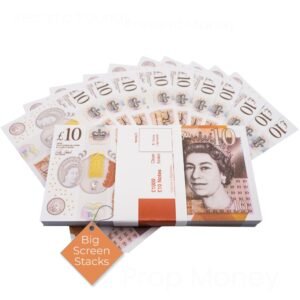counterfeit money for sale
The Dangers of Counterfeit Money for Sale: What You Need to Know
In today’s digital age, the internet has made it easier than ever to access goods and services. Unfortunately, this includes illegal activities such as the sale of counterfeit money. While the idea of purchasing counterfeit currency might seem tempting to some, it’s important to understand the severe legal, ethical, and financial consequences associated with it. This article explores the risks of counterfeit money for sale, how to identify fake currency, and why you should steer clear of this illegal activity.
What is Counterfeit Money?
Counterfeit money refers to fake currency that is produced without the legal sanction of a government or central bank. It is designed to look like genuine money but is used fraudulently to deceive individuals and businesses. Counterfeit bills are often sold online through illicit marketplaces, making them accessible to those seeking quick financial gains.
The Risks of Purchasing Counterfeit Money
- Legal Consequences
Buying, selling, or using counterfeit money is a federal crime in most countries. If caught, individuals can face severe penalties, including hefty fines and imprisonment. Law enforcement agencies actively monitor and investigate counterfeit currency operations, making it a high-risk endeavor. - Financial Loss
Counterfeit money is worthless. If you attempt to use it, you risk losing your investment and potentially facing legal action. Additionally, businesses that unknowingly accept counterfeit bills suffer financial losses, which can harm the economy. - Ethical Concerns
Engaging in counterfeit currency transactions supports illegal activities and undermines the integrity of the financial system. It harms businesses, individuals, and the overall economy, making it an unethical choice.
How to Identify Counterfeit Money
To protect yourself from counterfeit currency, it’s essential to know how to spot fake bills. Here are some tips:
- Check the Watermark
Genuine currency often includes a watermark that is visible when held up to light. Counterfeit bills may lack this feature or have a poorly replicated version. - Feel the Texture
Real money is printed on special paper with a distinct texture. Counterfeit bills may feel smoother or thicker than genuine currency. - Look for Security Features
Modern currency includes security features such as holograms, color-shifting ink, and microprinting. Familiarize yourself with these features to identify fake bills. - Use a Counterfeit Detection Pen
Many businesses use special pens that react to the paper used in genuine currency. If the mark turns dark, the bill may be counterfeit.
Why You Should Avoid Counterfeit Money for Sale
The sale of counterfeit money is not only illegal but also poses significant risks to individuals and society. By avoiding counterfeit currency, you protect yourself from legal trouble, financial loss, and ethical dilemmas. Instead of seeking quick, illegal gains, consider legitimate ways to improve your financial situation, such as budgeting, investing, or starting a side business.
Conclusion
The allure of counterfeit money for sale may seem tempting, but the risks far outweigh any potential benefits. From legal consequences to ethical concerns, engaging in counterfeit currency transactions is a dangerous and irresponsible choice. By staying informed and vigilant, you can protect yourself and others from the harms of counterfeit money. Always remember: honesty and integrity are the foundation of a healthy financial future.
Showing 1–9 of 14 results
-
Australian Dollar Counterfeit Bills
Buy 10 Pounds Counterfeit Bill Online
-
Australian Dollar Counterfeit Bills
Buy counterfeit £1 coins Online
Original price was: $18.00.$15.00Current price is: $15.00. -
buy counterfeit money Online
Buy counterfeit £50 Online
Original price was: $34.00.$32.00Current price is: $32.00.









